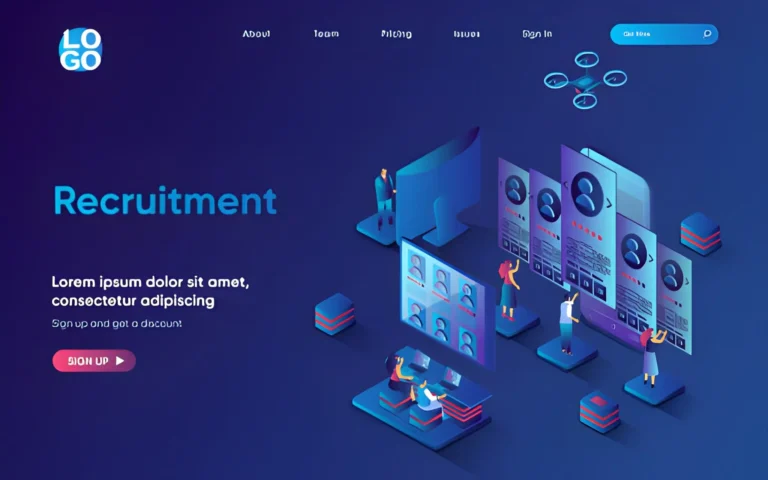The Importance of Blocking Malicious Websites in Preventing Ransomware

The cybersecurity threats are evolving annually to be more complex, and ransomware can be considered some of the most harmful. This type of malicious code can encrypt files or systems of users before a ransom is paid, which in most cases leaves companies with staggering financial and reputational losses. Blocking malicious websites is one of the most useful methods of preventing this threat before employees or users access them. That way, companies will minimize the risk of becoming infected and protect confidential information.
Understanding the Ransomware Threat
Ransomware has ceased to be a nuisance to single users and become a global cybersecurity catastrophe to businesses, medical organizations, governments, and educational organizations. Phishing emails are commonly used to distribute ransomware, as well as downloadable malware or compromised websites. After gaining access to a network, ransomware can encrypt complete databases and halt the operations in few minutes.
Ransomware attacks are costing organizations millions of dollars per year, and thus, prevention is much cheaper than recovery. The most important and such a critical line of defense is blocking access to malicious websites.
How Malicious Websites Deliver Ransomware
Malicious websites are created by hackers to exploit the weakness of browsers or to deceive users into downloading malicious files. Being potentially legitimate websites, they can repeat the look of reputable sites, but they have malware scripts installed. Common tactics include:
- Drive-by Downloads: Malware is installed automatically, and the user is not aware of this.
- Fake Anti-Virus Updates: Deceiving users to install malware in the form of system and application updates.
- Phishing Portals: Stealing logins and maliciously attempting to execute malware at the same time.
Companies can seal a major channel of ransomware delivery by taking the initiative to make sure that employees do not access these sites.
Why Blocking Malicious Websites is Crucial
1. Protecting Sensitive Business Data
The organizations today deal with large volumes of confidential information including financial records and client information. Ransomware can encrypt this data, and it cannot be opened until it is paid, or this threat can be published. By blocking access to risky websites, we will reduce the possibility of this data being in the wrong hands a lot.
2. Minimizing Human Error
Human mistakes are bound to occur despite training in cybersecurity awareness. The employee can make a mistake and open a link in an email or visit an infected site. The proactive web access restrictions hold a safety net and minimize effects of such mistakes.
3. Reducing Financial Losses
The ransom does not guarantee safe recovery of the information anymore, and even in cases when decryption can be performed, the loss of time associated with the attack can be very expensive. It is much more cost-effective to prevent the occurrence of the attack.
4. Safeguarding Company Reputation
One ransomware attack is enough to damage the reputation of a company in the digital era. Security is a priority that is required by customers and partners in businesses. Proactively showing protection measures such as blocking of malicious websites demonstrate that an organization attaches importance to trust and safety.
The Role of Web Filtering in Ransomware Prevention
Implementing Web filtering is one of the most effective strategies for blocking harmful sites. Web filtering tools allow administrators to monitor, control, and restrict user access to online content based on categories, reputations, or specific URLs. By preventing employees from visiting known malicious or suspicious websites, companies reduce the likelihood of ransomware infections dramatically.
Additionally, modern Web filtering solutions often use real-time threat intelligence to identify and block newly created malicious domains. This adaptability ensures businesses remain protected against evolving ransomware tactics.
Complementary Measures to Strengthen Protection
While blocking malicious websites is critical, it should be part of a multi-layered defense strategy. Businesses should also consider:
- Employee Training: Educating staff on identifying phishing attempts and suspicious websites.
- Regular Software Updates: Ensuring operating systems and applications are patched to reduce vulnerabilities.
- Endpoint Security Solutions: Using antivirus and anti-malware programs to detect and eliminate threats.
- Data Backups: Maintaining secure, regular backups to restore operations in case of an attack.
When combined, these measures provide a comprehensive shield against ransomware and other cyber threats.
Final Thoughts
One of the worst threats to the cybersecurity of organizations nowadays is ransomware attacks. When systems are hacked, the impacts may be disastrous such as loss of finances or a tarnished image that might not be recovered. Blocking the malicious websites is easy and yet very effective in preventing these risks.
With the adoption of strong access controls and the use of such tools like web filtering, businesses will be able to establish a safer online environment both employees and customers. The best cure is always preventive and with ransomware, blocking of the websites proactively may be a case of difference between smooth operations and devastating downtimes.
Read more: Why Bitcoin Crash Game Is Becoming A Favorite Among Crypto Gamblers
Financial Health Strategies for Busy Healthcare Professionals



